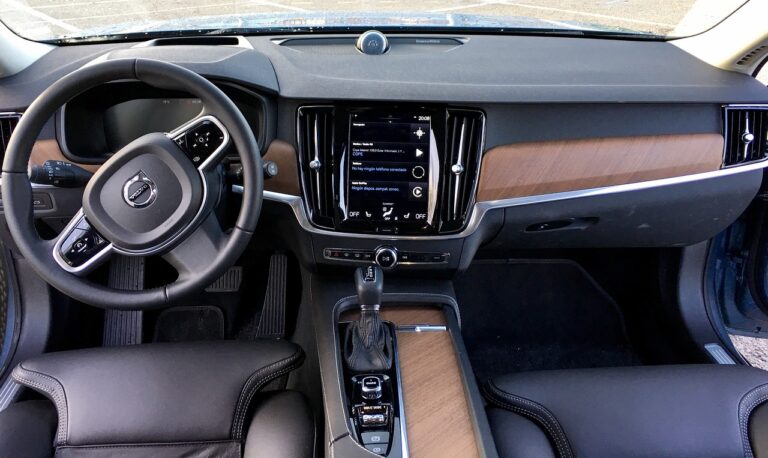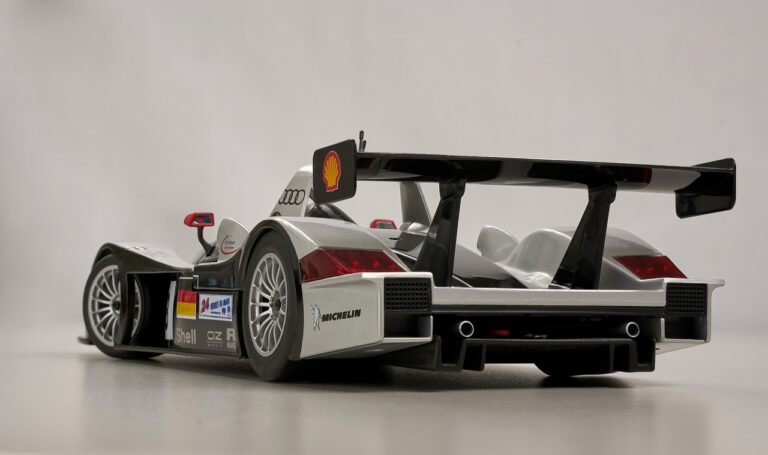The Evolution of Vehicle-to-Cloud-to-Grid-to-Vehicle (V2C2G2V) Data Exchange
Data exchange between vehicles, cloud, grid, and back to vehicles faces numerous challenges in the automotive industry. One of the primary issues is ensuring seamless connectivity and interoperability between these different domains. Vehicles need to communicate effectively with the cloud to access real-time data and services, which can be disrupted by varying standards and protocols across different systems. Additionally, transferring data between vehicles and the grid requires secure and reliable networks to prevent any potential cyber threats or data breaches.
Another significant challenge lies in the complexity of managing vast amounts of data generated by vehicles and exchanged between multiple platforms. This includes handling data in various formats, resolutions, and frequencies, which can create obstacles in processing and analyzing information efficiently. Moreover, ensuring data privacy, security, and compliance with regulations during exchange processes adds another layer of complexity to the already intricate network of interconnected systems in the automotive ecosystem.
Benefits of Real-time Data Sharing in the Automotive Industry
Real-time data sharing in the automotive industry has revolutionized the way vehicles communicate and interact with each other, enhancing road safety and efficiency. By exchanging real-time information on traffic conditions, weather updates, and road hazards, vehicles can make informed decisions to navigate effectively, reducing the risk of accidents and congestion.
Moreover, real-time data sharing empowers vehicles to optimize their performance and fuel efficiency by analyzing traffic patterns and adjusting routes accordingly. This seamless exchange of data not only benefits individual drivers but also contributes to smarter city planning and traffic management, ultimately leading to a more sustainable and connected transportation ecosystem.
The Role of Cloud Computing in Enabling V2C2G2V Data Exchange
Cloud computing plays a pivotal role in facilitating seamless data exchange between vehicles, cloud servers, the grid, and back to vehicles in the automotive industry. By serving as a centralized platform for data storage and processing, the cloud enables real-time sharing of critical information among connected vehicles, infrastructure, and other stakeholders. This interconnected network allows for efficient communication and coordination, enhancing overall system performance and safety.
Moreover, cloud computing empowers vehicles to access and leverage a wide array of services and applications, regardless of their individual computing capabilities. This centralized approach not only streamlines the exchange of data but also opens up opportunities for advanced functionalities such as predictive maintenance, traffic optimization, and enhanced driver assistance systems. The scalability and flexibility of cloud-based solutions make them instrumental in enabling V2C2G2V data exchange, driving innovation and connectivity in the automotive sector.





